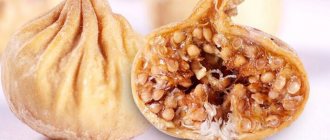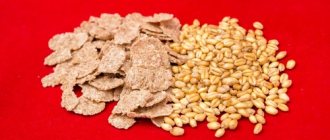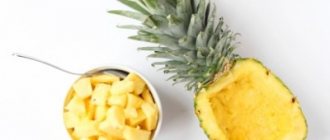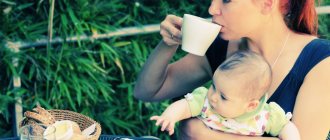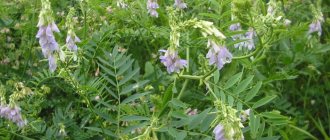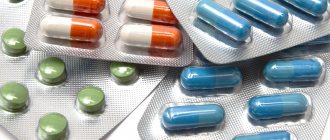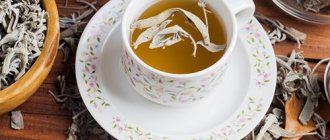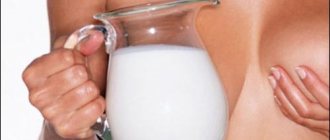Fenugreek is a popular medicinal plant that has many beneficial properties. This product is used to stimulate hair growth, eliminate pain during menstruation, diseases of the digestive tract, skin and genital organs. The herb is used in cooking as a spice. In addition, fenugreek is used during breastfeeding to stimulate milk production.
Description of the plant
The well-known plant has different names: helba, fenugreek, shambhala, methi, etc. Fenugreek grows in the southern part of Europe, Morocco, India, Argentina. A member of the legume family has a unique aroma and bitter taste. Fenugreek is used in the form of dry herb, seeds or vegetable oil. The powder is often added to culinary seasonings.
A valuable drug with a wide spectrum of activity is used to treat many diseases. Properties of the plant: antioxidant, antidiabetic, anti-inflammatory, immunomodulatory.
The biochemical composition of fenugreek is impressive:
- beta-carotene, ascorbic acid, group B elements;
- calcium, manganese, iron, magnesium, sodium, zinc, etc.;
- linoleic, oleic, linolenic acid.
Thanks to anti-inflammatory compounds, antioxidants, alkaloids, helba is indispensable for the treatment of many ailments, it perfectly strengthens the body's defenses, and inhibits old age.

Will helba seeds help you lose weight?
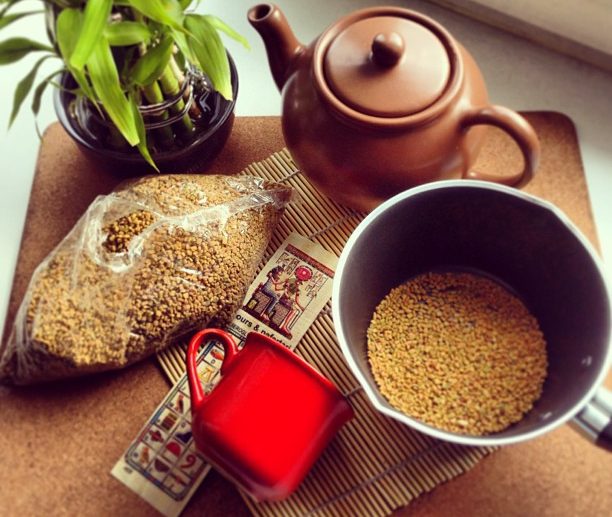
The most popular use of yellow tea for weight loss is due to its high fiber content, which reduces hunger, and substances that speed up metabolism. Over 30 days of daily intake of 200 ml of helba seed tea once a day helps to lose from 3 to 7 kg of excess weight . The results are not so impressive, but they are achieved precisely by normalizing the functioning of the gastrointestinal tract, accelerating metabolic processes and reducing appetite.
You can buy helba seeds or fenugreek at pharmacies and any health food stores. For about 500 g - 200 rubles.
Medicinal properties
Fenugreek has many beneficial properties:
- Improves digestion. The fruits of the plant are used to treat defecation disorders (constipation or chronic diarrhea). The seeds are rich in fiber, which is necessary for normalizing stool. The drug eliminates the chronic inflammatory process in the colon and is used to treat ulcerative colitis.
- Reduces cholesterol concentrations and prevents cardiovascular diseases. With the help of polysaccharides that are part of the plant, the lipid profile (concentration of lipoproteins and fats in the blood) is normalized, cholesterol and triacylglycerides are reduced. Helba is used to slow down the absorption of fats in the colon and reduce the production of cholesterol in the liver. The plant has an anti-inflammatory effect and prevents diseases of the heart and blood vessels (for example, atherosclerosis).
- Relieves chronic inflammation. The seeds contain antioxidants that protect the body from oxidative stress and inflammation. The fruits of the plant are used to eliminate the inflammatory process on the skin, in the oral cavity, and for infectious diseases of the airways and kidneys. Other indications for the use of fenugreek: colds, flu, acute respiratory infections, bronchitis and tuberculosis.
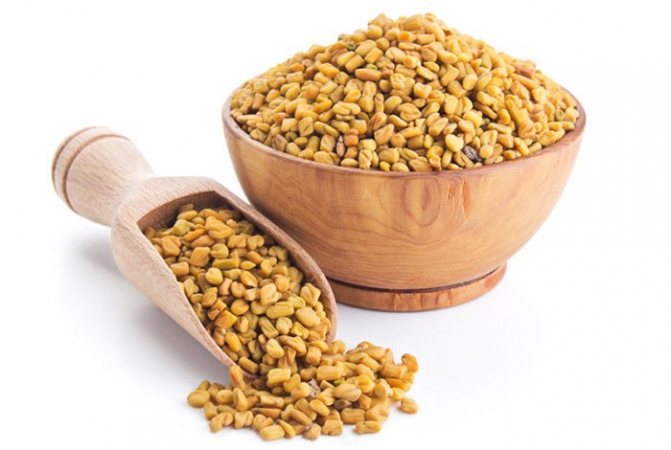
- Reduces blood glucose levels. Thanks to amino acids and fiber, sugar from food is absorbed more slowly into the digestive tract. It is recommended to include fenugreek fruits in the diet of people with diabetes and a predisposition to this disease. Signs of the initial stage of diabetes are excessive obesity and a large belly.
- Increases endurance. It is recommended to take Shambhala and creatine at the same time, this helps increase physical endurance. Dietary supplements with the addition of fenugreek and creatine strengthen the torso muscles, stimulate the growth of muscle mass, and eliminate excess fat.
- Enhances milk production, improves conditions during menstruation and menopause. The plant is incredibly useful for women; doctors recommend using it at different stages of the body’s development. Thanks to diosgenin, lactation improves, and choline eliminates the unpleasant symptoms of menopause and cyclic syndrome (premenstrual illness).
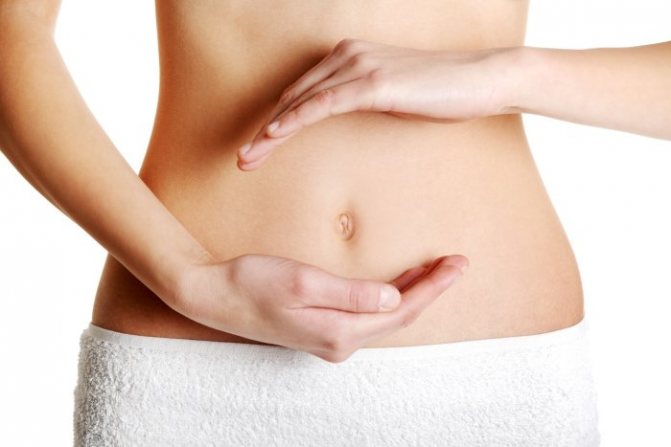
In addition, fenugreek improves the condition of the heart and blood vessels, and restores strength after childbirth. The plant is used to treat genitourinary diseases and normalize the functioning of the digestive tract. Shambhala is used as an antiseptic, and the herb has a calming effect.
General tips for lactation

Any doctor or consultant, when a nursing mother approaches a problem of how to increase lactation, will immediately tell you to pay attention to your diet. It should be complete and nutritious, but it should not contain a huge amount of calories. Since the extra calories will remain on the mother’s sides, and not on the baby’s cheeks.
So forget the old rule of “eating for two.” You need plenty of protein, the right carbohydrates and some fat. In this case, the food will be of high quality, and there will be enough for the baby and mother. The mother's diet must include:
- meat;
- fish;
- eggs;
- milk;
- dairy products;
- cottage cheese;
- cheese;
- vegetables;
- fruits.
But you should forget about smoked meats, sweets, foods that can cause allergies, and fast foods.
Be sure to drink clean, still water. A nursing woman should take at least 2.5 liters of fluid. However, this volume does not include dairy products and juices.
We invite you to read: Is it possible for a child to drip Albucid into the nose, instructions for using the product
A newborn should be fed on demand. He will build his own daily routine, but first you need to adapt to each other, teach the baby to suck properly, and find the correct and comfortable feeding positions for the two of you. Night feedings are especially important in the development of milk lactation. From 3 to 8 am is the time to set the milk volume for the whole day. Therefore, try to feed at least once during this period.
It is also necessary to hug and hold the baby in your arms as often as possible. All the “horror stories” about him being tame are just myths. Once he learns to walk and crawl, he won't need it. And now he needs the warmth and care of his mother.
Her only concern should be the newborn. Therefore, consult with your husband about what household responsibilities he can take on while the child is still very small.
Use during pregnancy and lactation
Pregnant women are prohibited from taking Helba from the first to the last trimester. This is explained by the fact that after taking the plant, the smooth muscles of the uterus contract, and therefore there is a risk of premature birth. A decoction of the plant is sometimes taken before childbirth to ease the process.
It is recommended to use fenugreek for lactation, since after taking it, the body begins to produce prolactin (the hormone that is responsible for the production of breast milk). The herb has a general strengthening, tonic, and immunomodulatory effect.
Lactating women are recommended to regularly brew fenugreek to quickly recover after childbirth and return to their original physical shape. In addition, Shambhala has a beneficial effect on the mammary glands, maintains breast elasticity, and stimulates its growth due to the production of diosgenin and prolactin in the body.

Recipes for use:
- Helba tea. To prepare the drink, you need to brew 10 g of the plant’s fruits in boiling water (200 ml), place in a water bath and simmer for no more than 10 minutes. Pre-soak the seeds in water for 2-3 hours. Drink the drink three times a day, 50 ml. You can improve the taste with honey. This tea increases lactation and strengthens the body.
- Pour 40 g of fenugreek fruits into 500 ml of cold water and leave. After 3 hours, put the liquid on the fire and boil for 3 minutes. Refrigerate and consume throughout the day. This infusion enhances milk production and has a beneficial effect on the body. What else you can drink and eat to increase lactation, see the article at the link.
There is no need to strain the decoction; the fruits contained in it are recommended to be consumed internally to enhance the effect.
How to understand that there is not enough milk
Often, a lack of milk is just a far-fetched, imaginary problem. Usually parents and relatives are guided by the baby’s behavior. If he is whiny, often asks for the breast and hangs on it for a long time, this does not mean at all that he is hungry. Perhaps something hurts him, he doesn’t like the environment around him, or simply a thread got into the intercutaneous fold and bothers him. And he uses his mother’s breast to calm down, because she has such a warm and familiar smell.
These signs indicate that a child is malnourished:
- Small weight gain. Usually after birth the baby loses some weight. He should finally reach his birth weight by two weeks. But if this does not happen or the monthly intake is too small, control weighings are done before and after feeding. They also monitor the dynamics for two weeks with daily weighings.
- Count the number of peeings. A newborn should pee at least 12 times a day. To do this, you should not wear a diaper for at least one or two days.
- Rare and small stools are also an indicator of underfeeding. Also, inclusions of green mucus are an indicator of the so-called “hungry” stool.
These are real criteria for a lack of breast milk. If there are at least 1 - 2, then you should contact your pediatrician or lactation consultant so that you can be advised of some kind of treatment.
There are times when there is no milk at all. This is called hypolactation. It can be primary and secondary. In the first case, it is not the arrival of milk from the very first days. And in the second - a sharp disappearance of milk.
We invite you to familiarize yourself with: New Year's competitions for children. New Year competitions for the whole family. Children's competitions and games for the New Year 2020
Side effects
Helba is a very useful plant that must be taken strictly in the indicated dosage, otherwise side effects may occur:
- Flatulence and defecation disorders (usually diarrhea) occur in people who are not accustomed to consuming fiber.
- In the first days of use, the smell of urine changes.
- There is a risk of an allergic reaction in the form of a runny nose, cough, increased production of tear fluid and swelling of the face.
The plant should be used with caution with antidiabetic drugs, as it helps reduce blood glucose levels. If the patient has diabetes, you should consult a doctor before taking it.
Thus, fenugreek is allowed to be used by nursing mothers to increase milk production, but only after a doctor’s prescription.
A lactating woman must follow the dosage and other recommendations for taking the drug accordingly. Self-medication is strictly contraindicated! Subscribe to our VKontakte group
Folk remedies for lactation
Folk remedies for improving lactation include various herbs, infusions, decoctions, juices and much more. Most often, a young mother learns about them from the older generation. These are the pieces of advice worth heeding. After all, these recipes have been collected not even over years, but over centuries.
The main folk remedies for increasing lactation are decoctions and infusions of herbs. The following herbs help:
- raspberry leaves;
- fennel;
- nettle;
- field alfalfa;
- thistle;
- caraway;
- chamomile;
- dandelion and others.
Apart from increasing milk supply, these herbs have many other positive qualities. In particular, raspberry leaves help the uterus return to normal after childbirth, and thistle treats postpartum depression.
To simplify things, you can take ready-made lactogenic preparations at the pharmacy. Currently they are available in a wide range. Russian manufacturers represent good competition to imports in terms of quality and winning in price.
You can brew any of the herbs listed above yourself, according to the instructions included with them. Typically, you drink 1 to 3 glasses of such herbal teas per day.
Cumin can be brewed in milk. To do this, pour a teaspoon of cumin into a glass of milk and bring to a boil. Cool and drink 1 glass per day.
For proper digestion of the baby and to increase lactation, drink fennel decoction. To do this, pour a tablespoon of fennel seeds into 200 ml of boiling water and let it brew for 2 hours. Strain and drink 0.5 cups of infusion twice a day.
Folk remedies for lactation also include various juices. The most famous are carrot, apple and blackcurrant. They are especially good freshly squeezed.
Add a couple of tablespoons of milk and some cumin seeds to freshly squeezed carrot juice (1 glass). Beat with a blender. Drink this cocktail once a day, preferably in the morning.
We invite you to read: Top 5 tips for effective training from the Ancient World
Add a few tablespoons of raspberry leaf decoction to a glass of currant juice. Mix well. Drink 0.5 glasses a day.
You can mix juices: apple-carrot or apple-currant.
Very tasty and healthy nut milk. To prepare it, pour a handful of nuts into a blender and chop them. Add two cups of milk and beat until smooth. The resulting milkshake can be drunk no more than 2-3 times a week.
Regular butter (which also has the ability to increase the amount of milk) can be replaced with nut butter. For this, put 2 cups of nuts in a blender and grind to flour. Then add 2-3 tablespoons of butter and beat thoroughly until smooth. This paste can be simply spread on bread or added to various dishes.
Drinking warm tea with milk 30 minutes before feeding is very helpful for lactation.
Bee products are also praised, believing that they increase milk production. Honey can be eaten with tea or added to some dishes. But you should not add it to hot drinks, as at high temperatures it loses its healing properties.
| herbs that have a positive effect on lactation | herbs that impair lactation |
|
|
Recipes with fenugreek
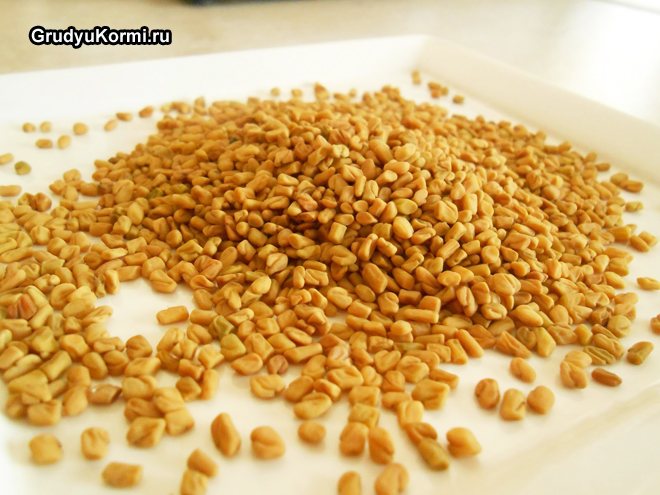
Shambhala is used not only in folk medicine, but also in cooking as side dishes, porridge, in soup, seasonings, etc. Dishes with it are nutritious and tasty.
| Dish | Ingredients | recipe |
| Potatoes with fenugreek leaves | To prepare it you will need: potatoes, onions, spices (turmeric, cumin, nutmeg, cumin), dried fenugreek leaves | Peel, cut and cook the potatoes. While it is cooking, cut the onion into cubes and fry. When the onion turns golden, add seasonings to it. Send the tubers cooked until half cooked to the onion. Then sprinkle with dry leaves. Fry potatoes until soft |
| Fenugreek porridge | seeds, water or milk, sugar and salt to taste | rinse the seeds. If you want a thicker and smoother mass, then there is no need to rinse. Pour water (or milk, if you or your baby does not have an allergic reaction to it) into a saucepan and heat it up. Add salt and sugar to taste. Add the beans and cook for 30-40 minutes until tender. The resulting porridge can be pureed. You can also add herbs or butter. It also has a beneficial effect on lactation |
| Salad with sprouted seeds | for it you will need: chicken fillet, beans, spinach leaves, olive oil, lemon. | Soak fenugreek seeds in warm water for 2-3 days. When they sprout they can be added to the salad. Cut the chicken fillet into pieces and fry in a frying pan. At the end of frying, add spinach and simmer for 2-3 minutes. Place everything on a plate, add boiled or canned beans and sprouted beans. Mix oil and lemon juice in a 2:1 ratio, add salt and pepper, add grainy mustard, stir until smooth and pour this dressing over the salad. |
We invite you to familiarize yourself with Blue Fenugreek: cultivation and beneficial properties
Bonus - recipe for oriental sweets “Helbe”
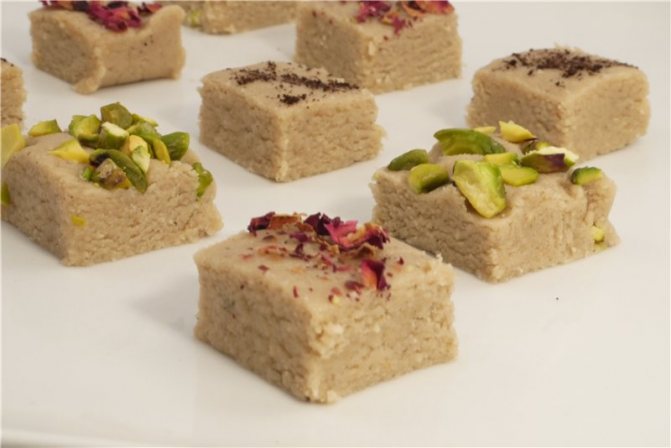
- Semolina - 400 grams
- Chopped walnuts - 100-150 grams
- Sugar - 1 tablespoon
- Salt - 1 pinch
- Cinnamon - a couple of pinches
- Turmeric - a couple of pinches for color
- Olive oil – 100 grams
- Helba decoction - 100-150 grams (to prepare the decoction, cook 1 ground teaspoon of seeds over low heat for 5 minutes, strain and let steep for 30 minutes).
- Vegetable oil for lubrication - 2 tablespoons.
- For the syrup (boil 200 ml of water, dilute 200 g of sugar in it, add 1 tablespoon of lemon juice - cook for 5 minutes over low heat).
Step-by-step preparation
- Preheat the oven to 180 degrees in advance. Mix the main ingredients for preparing the text - semolina, sugar, walnuts, salt, cinnamon, turmeric, add olive oil, pour in the helba decoction. Stir constantly to achieve a uniform consistency.
- Grease the mold with oil and place the dough. Distribute and press firmly with your palms. Approximate thickness - 1 cm. Grease the dough with vegetable oil.
- Cut the dough into equal diamonds, place any treat on each section - dried fruit, almonds or walnuts - press down with your thumb.
- Place the dish in the oven. Bake for 40 minutes.
- Take out the finished helba, pour in the prepared cooled syrup.
- Leave the sweetness to soak in overnight.
The baked goods turn out incredibly tasty and at the same time healthy!
Now you know that at the first symptoms of the flu, to treat a cough, reduce blood sugar and cholesterol, normalize metabolism, restore milk production during lactation - drink tea from helba seeds!
